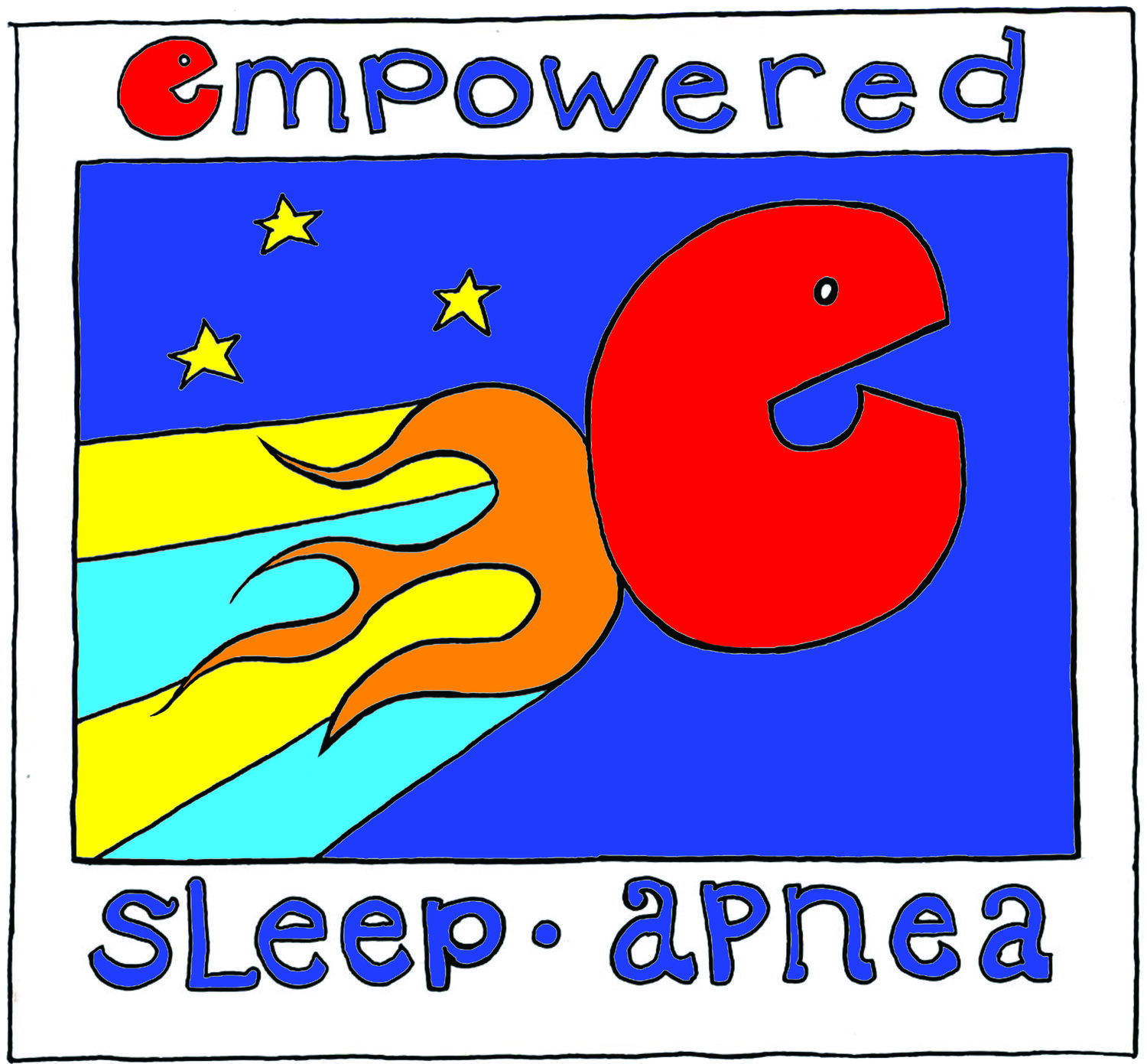Cervical Headgear and the Hidden Harm: An Orthodontic Reckoning Long Overdue
OR: Semmelweis Returns!
~ ~ ~ ~ ~
By David E. McCarty, MD, FAASM (but you can call me Dave)
3 June 2025
~ ~ ~ ~ ~
"When solving problems, dig at the roots instead of just hacking at the leaves."
Anthony J. D'Angelo, The College Blue Book: A Few Thoughts, Reflections & Reminders on How to Get the Most Out of College & Life.
~ ~ ~ ~ ~
Picture this: A young adult stands in front of a judge, profile altered, airway narrowed. He struggles to breathe through his nose and cannot sleep without aid. He’s not sick—he was “treated.” As a child, he wore cervical headgear to correct a bite that wasn’t hurting anyone except maybe the expectations of the school photographer. Now, as an adult, he wonders: was the cost of that correction ever truly explained?
This isn’t just a courtroom drama. It’s a medical reckoning waiting to happen. The practice of retractive orthodontics—especially the use of cervical headgear—deserves its moment of ethical scrutiny.
Cervical headgear (CHG), for the unfamiliar, is a device anchored to the back of the neck and used to pull the upper jaw (the maxilla) backward, or—at the very least—prevent it from growing forward. It remains a common treatment for so-called “overjet” or “class II malocclusion.” The visual goal is a normalized facial profile. But the functional consequence? That part rarely gets discussed. In some patients, CHG reduces the space behind the soft palate and tongue. In others, it sets off developmental changes that can affect breathing, sleep, and overall health for decades.
Let’s be clear: this concern is not new. For decades, physicians and dentists have warned that manipulating craniofacial growth can compromise the airway. Dr. Christian Guilleminault, a pioneer in sleep medicine, was among the first to link facial structure and sleep apnea risk1. More recently, clinicians like Dr. William Hang2 and Dr. Kevin Boyd3 have been sounding the alarm, calling for an airway-centered approach to orthodontics that supports healthy function, not just visual symmetry.
And yet, retraction persists.
Why? Because the field of orthodontics is largely self-regulated. There is no FDA-style oversight ensuring that techniques like CHG meet long-term safety standards. No requirement for longitudinal outcome studies. No mandated disclosures about how moving the face backward might affect the body’s ability to breathe, going forward.
In my work as a sleep physician, I’ve reviewed hundreds of cases where the long-term consequences of orthodontic retraction are plainly visible on imaging—and plainly ignored in care. If a pharmaceutical product narrowed children’s upper airways the way CHG sometimes does, it would be pulled from the market—immediately! Yet with headgear, we’ve normalized lack of forward growth of the face as progress—even when it compromises one of the body’s most vital functions: breath.
Orthodontists often insist that CHG “works.” But that is precisely the problem. It achieves a cosmetic result—at what cost? Patients are told they “look fine” even as they struggle to breathe, snore as children, or develop adult sleep apnea. Their suffering is minimized. Their voices are lost in the aesthetic triumph.
This moment reminds me of our pal Ignaz Semmelweis, the Hungarian physician who pleaded with his peers to wash their hands before delivering babies. We explored his story in detail in Episode 1 of the second season of our PODCAST. His data was clear, his logic sound. But he was ignored—because the implications of his work offended the social order of medicine. I fear modern orthodontics is in a similar state of denial. Clear anatomical consequences are being buried beneath professional inertia.
But this denial won’t last forever. Courts may one day be forced to consider whether informed consent can exist without disclosure of long-term functional risks. And parents, increasingly aware of airway health, are already demanding better answers from providers.
Thankfully, a new generation of airway-conscious practitioners is emerging. These clinicians see the face not as a canvas to be painted, but as a living structure meant to support sleep, breath, and life. They ask not just “how do we fix the bite?” but “how do we help this child thrive?”
The path forward isn’t easy—but it’s necessary. It will require courage. Interdisciplinary cooperation. And a willingness to ask whether old tools—like cervical headgear—still belong in the hands of those sworn to do no harm.
The time has come to stop pulling faces backward and start moving the field forward.
David E McCarty, MD FAASM
Boulder Colorado
3 June 2025
Recommended Reading:
1. Guilleminault, Christian, Riley, R., & Powell, N. (1984). “Obstructive Sleep Apnea and Abnormal Cephalometric Measurements: Implications for Treatment.” Chest, 86(5), 793–794. https://doi.org/10.1378/chest.86.5.793
2. Hang WM, Gelb M. Airway Centric® TMJ philosophy/Airway Centric® orthodontics ushers in the post-retraction world of orthodontics. Cranio. 2017 Mar;35(2):68-78. doi: 10.1080/08869634.2016.1192315. Epub 2016 Jun 30. PMID: 27356671.
3. Boyd, K. L., & Sheldon, S. H. (2014). Sleep Disorder Breathing: A Dental Perspective. In S. H. Sheldon, R. Ferber, M. H. Kryger, & D. Gozal (Eds.), Principles and Practice of Pediatric Sleep Medicine (2nd ed., pp. 275–280). Elsevier Inc.


